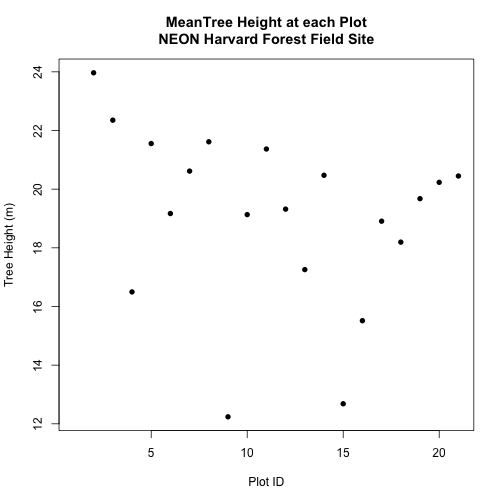

Raster data formats also are used to store aerial and satellite imagery. For example, an 8-bit raster can have 256 unique values, which range from 0 to 255. that vary continuously from location to location. Explore the key features of raster images, their most common uses, and how they differ from vector images. One of the strengths of raster files is the ability to capture detailed graphics and high-quality photographs taken from digital cameras. As pixels combine, they produce a complete image with a variety of breathtaking colors. Pixels are tiny squares containing specific color information. One raster images definition mentions that these photographs are made up of thousands of pixels arranged in a grid. Vector data are excellent for capturing and storing spatial details, while raster data are well suited for capturing, storing, and analyzing data such as elevation, temperature, soil pH, etc. The raster file format, along with vector, is one of the main two file types used for digital images. Raster images, or bitmaps, include file types such as JPEG, PNG, BMP and TIFF. Because raster data represent square areas, they describe interiors rather than boundaries as is the case with vector data. Each of the tiny pixels in a raster image are too small to see individually. These squares, also called pixels, cells, and grids, typically are of uniform size, and their size determines the detail that can be maintained in the dataset. Raster image (also called a bitmap image) A picture created in a camera comes from an array of tiny sensors on the digital image sensor.When the sensor data from all the photosites are translated into an image on your screen, each photosite becomes an individual pixel in the image. The larger the image, the more disk space the image file will take up. They are made up of grid of pixels, commonly referred to as a bitmap. Pictures found on the Web and photos you import from your digital camera are raster graphics.

Raster data, on the other hand, use a matrix of square areas to define where features are located. Most images you see on your computer screen are raster graphics. As such, vector data tend to define centers and edges of features. Vector data use X and Y coordinates to define the locations of points, lines, and areas (polygons) that correspond to map features such as fire hydrants, trails, and parcels. Raster and vector are two very different but common data formats used to store geospatial data.


 0 kommentar(er)
0 kommentar(er)
